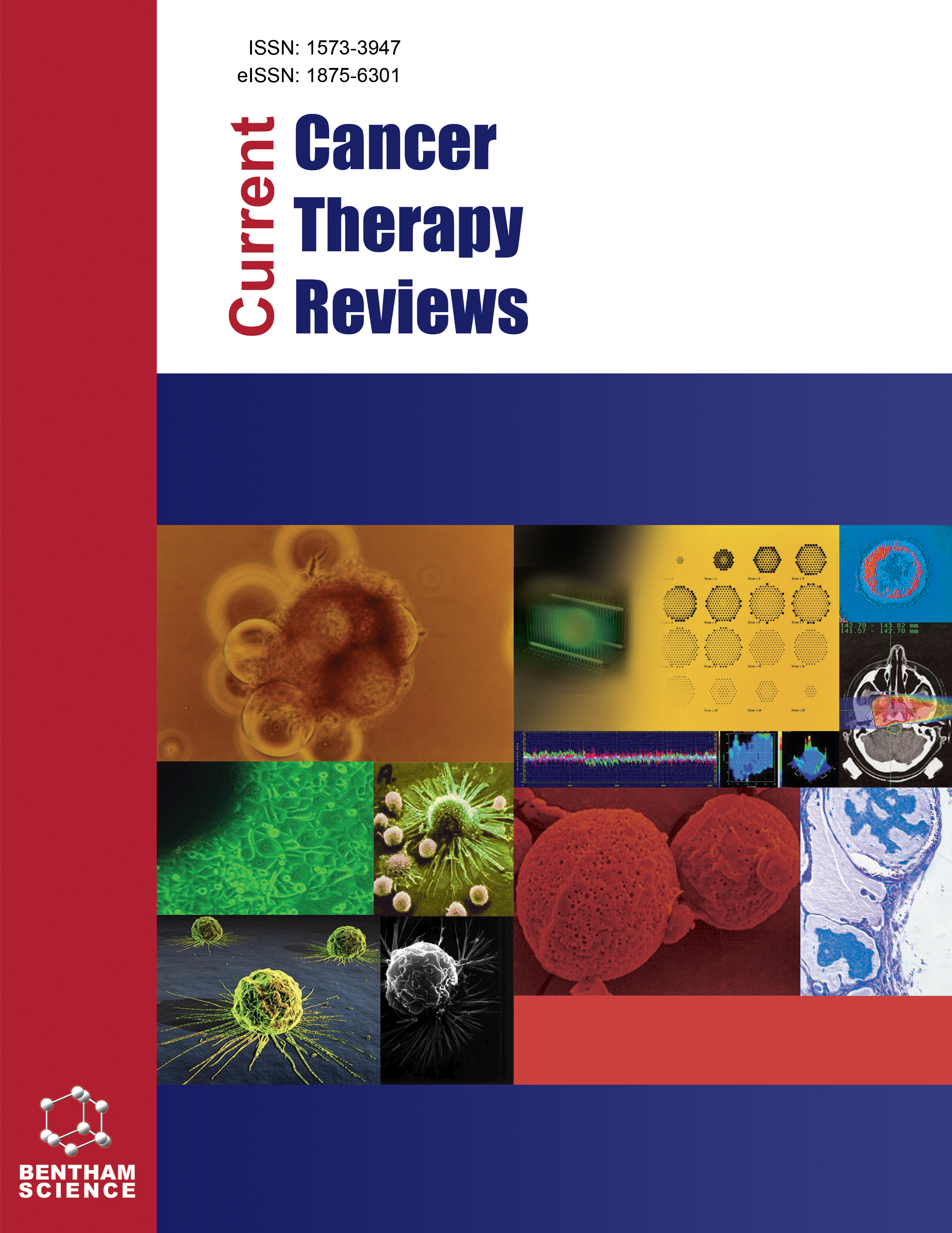
Full text loading...
We use cookies to track usage and preferences.I Understand
The second most prevalent cause of fatalities globally is malignant tumors. The avoidance and therapy of cancer proliferation still have many prospects for betterment despite enormous advancements. Chemotherapy can occasionally have a lot of unfavorable adverse reactions. Novel agents from botanicals, especially the use of cancer therapeutic ingredients, may decrease negative consequences. There are currently several products from plants used for fighting cancer. However, numerous plant chemicals have not yet been examined in people but show extremely encouraging in-vitro anti-cancer properties. Further research is required to determine whether these plant chemicals are beneficial in treating human cancers. The present work has focused on the various traditional herbal remedies and the phytochemicals that exhibited promising anticancer impact. The desirable activity may be due to novel agents isolated from plant sources. The present investigations address natural ingredients for cancer treatment and chemoprevention that are now being used in clinical settings and/or are undergoing clinical studies. Potential research concentrating on naturally anticancer drugs can create an entirely novel avenue in the fight against cancer that could significantly boost the chance of survival for cancer patients.

Article metrics loading...

Full text loading...
References


Data & Media loading...

